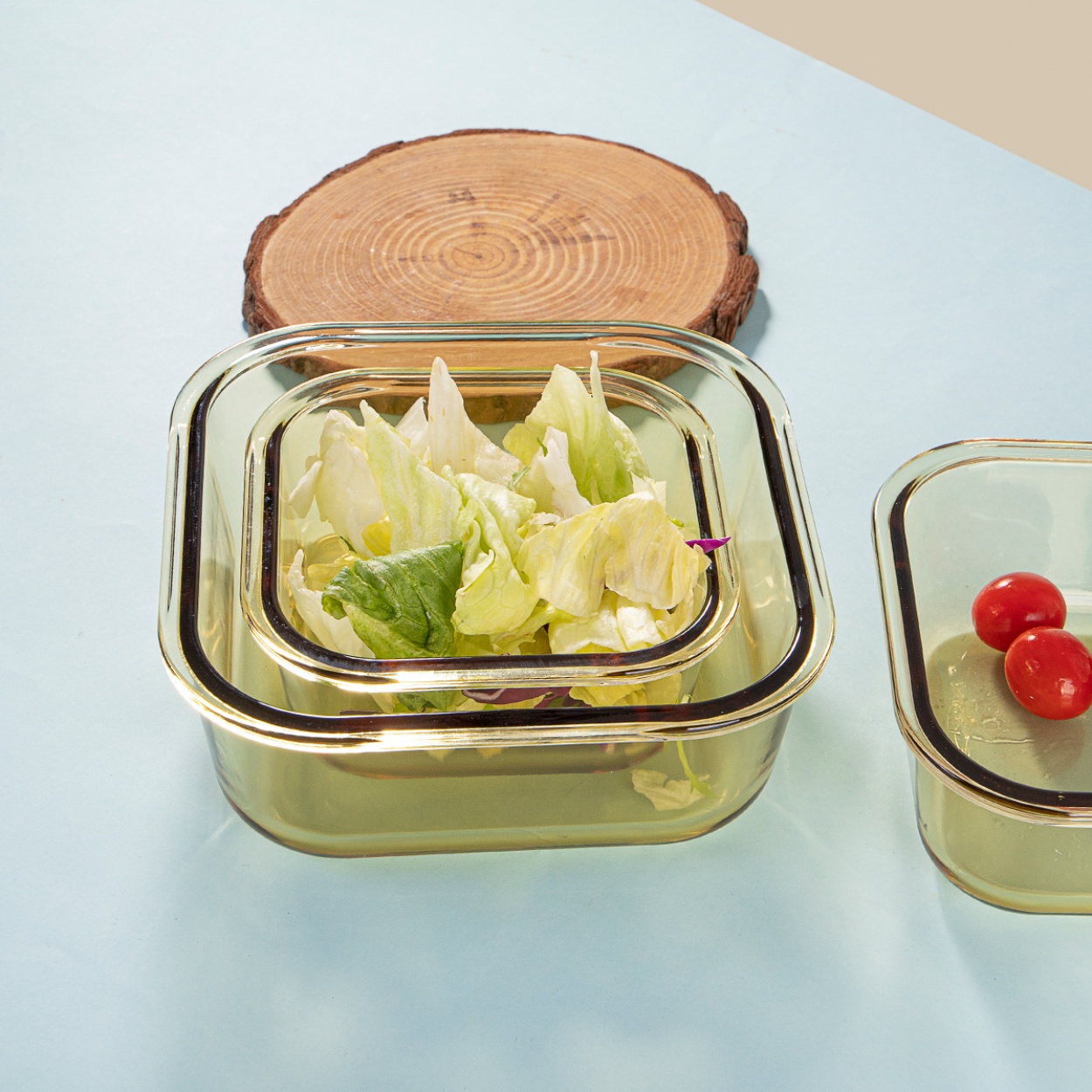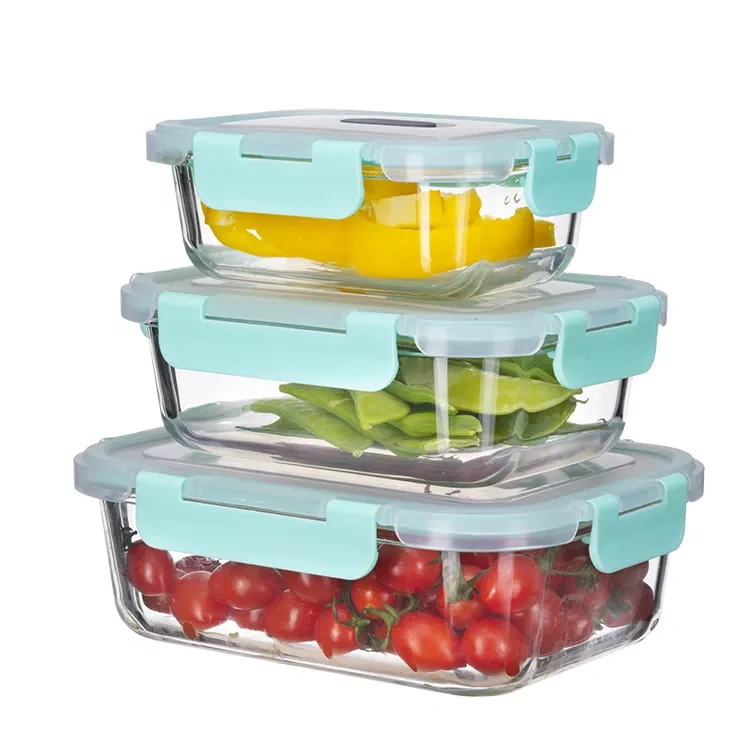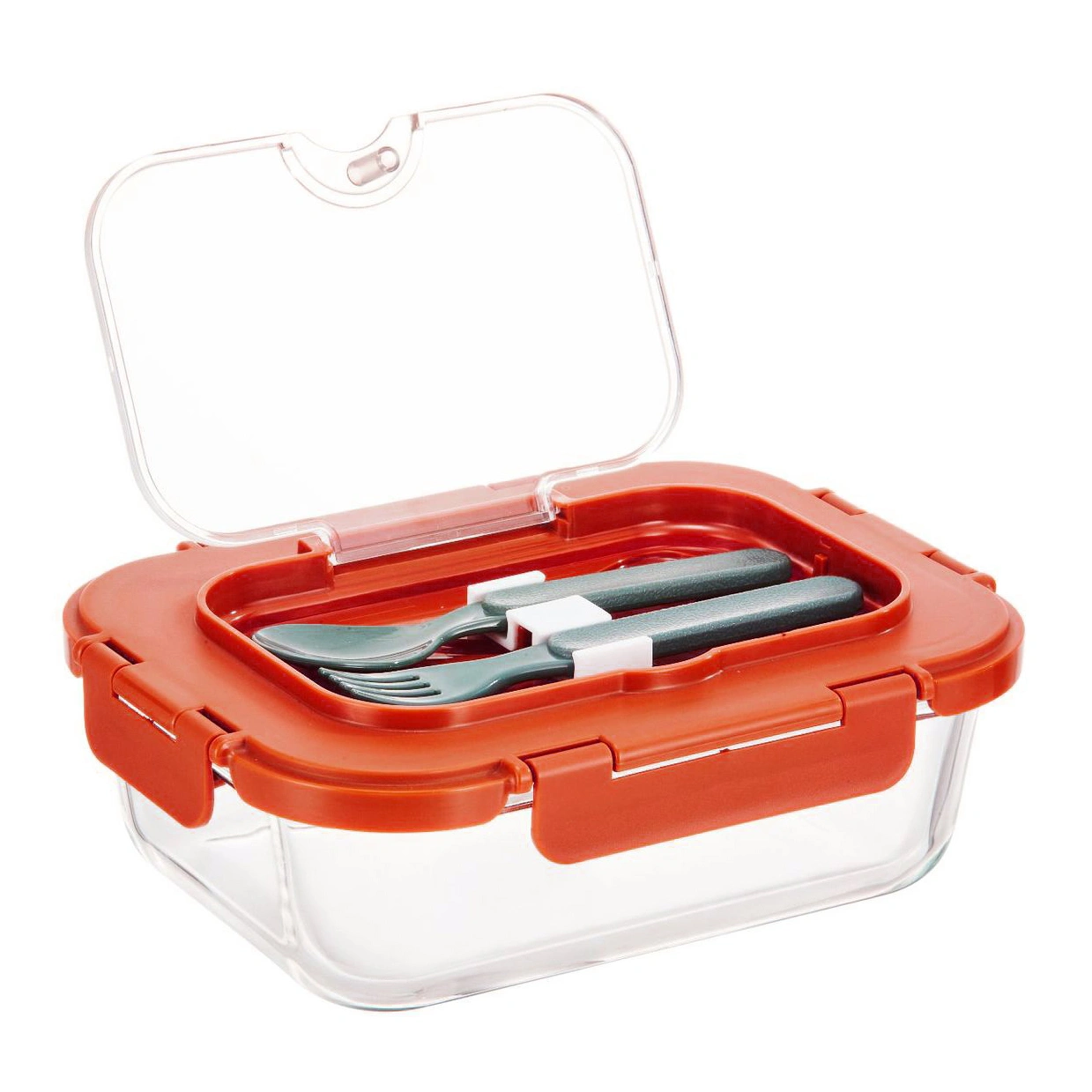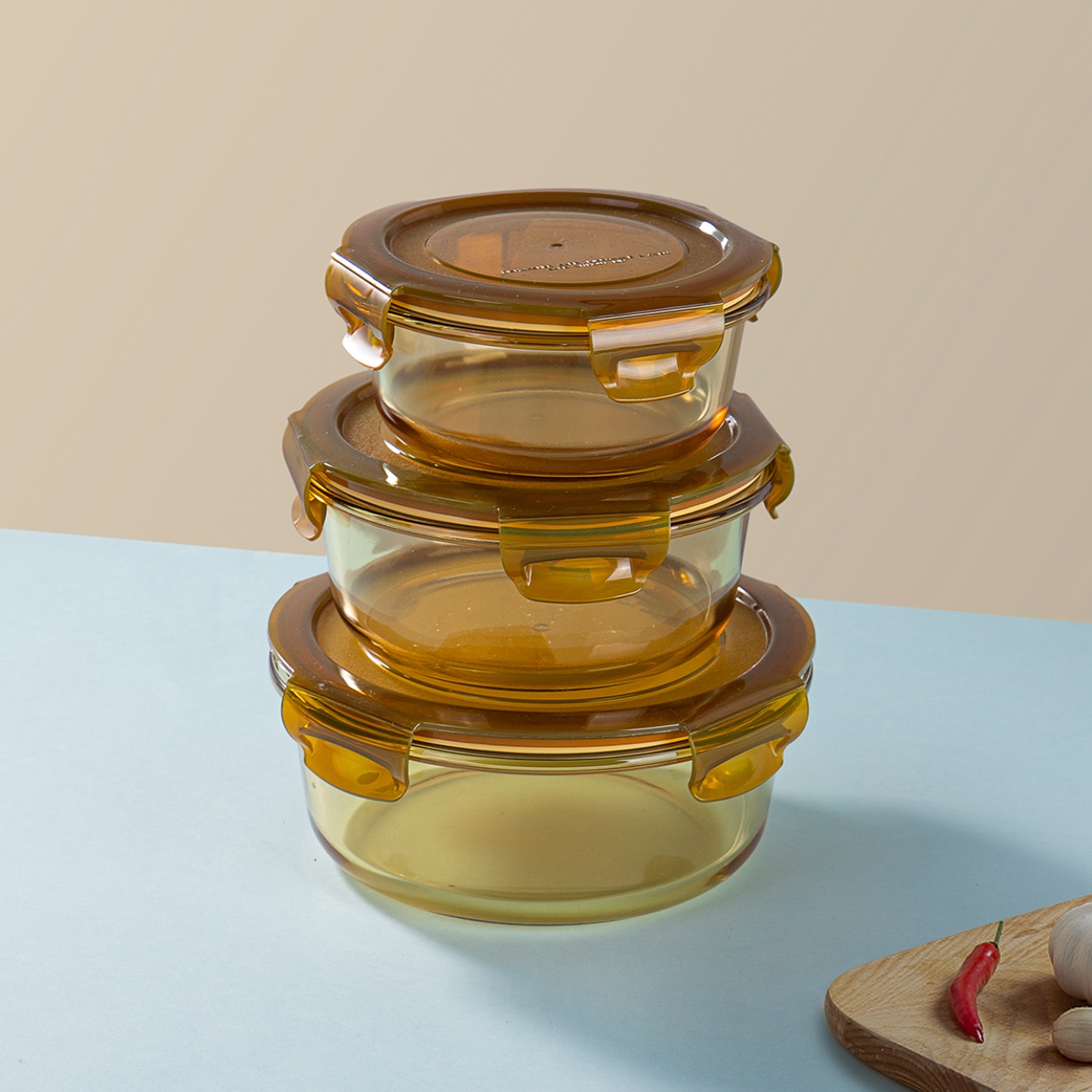Can You Freeze Glass Containers with Plastic Lids?
Table of Contents

Paul Ren
Hello! I’m Paul, the Senior Sales of Canzo Glassware. With 18 years of experience in the glassware industry, I’m excited to share some insights from our perspective as a China glassware manufacturer. Today, we’re diving into a common question: Can you freeze glass containers with plastic lids?
Yes, You Can Freeze Glass Containers with Plastic Lids!
Absolutely, you can freeze glass containers with plastic lids! However, there’s one important thing to keep in mind: plastic lids can crack if you try to remove them while frozen. To avoid this, allow the lid to warm up before attempting to lift it off the container. A little patience will go a long way in keeping your lids intact.

Thaw Frozen Meals Safely Before Heating
If you’re freezing meals in these containers, be sure to thaw them properly before cooking. Never put a frozen meal directly into the oven. Instead, let it thaw first at room temperature, or use your microwave’s thaw setting to gently defrost the meal. This will prevent the glass from cracking due to sudden temperature changes.
Plastic and Metal Lids: Freezing Tips
You can freeze glass containers with either plastic or metal lids, but there’s a key trick to follow. Always place the lids loosely on the container, rather than screwing them on tightly or sealing them completely. The reason? As the food freezes, it will expand. By keeping the lid loose, you give the food room to expand without causing any pressure or cracks in the lid or the container.
Allow Food to Expand While Freezing
When freezing food, it’s important to account for expansion. As food freezes, it naturally grows in volume. If the container is fully sealed, the expanding food can cause cracks or leaks, even in the most durable glass food storage container. That’s why we recommend tightening the lid a bit more after the food has frozen. This way, your container stays airtight without risking damage.
Handling Frozen Containers with Care
Once you’re ready to use the frozen food, handle your glass container with care. As with the lids, avoid sudden temperature changes. Moving a container straight from the freezer to a hot oven or stovetop can cause thermal shock, which might lead to the glass cracking. Let your container sit at room temperature or use gentle heat in the microwave or oven to warm it gradually.
Conclusion
Freezing glass containers with plastic lids is not only possible but also practical. By following a few simple guidelines—like allowing lids to warm before removal and making sure food has room to expand—you can preserve your food without damaging your containers. Just remember to thaw meals safely before heating, and handle your containers with care to keep them in top shape for many uses!
Newest Blog
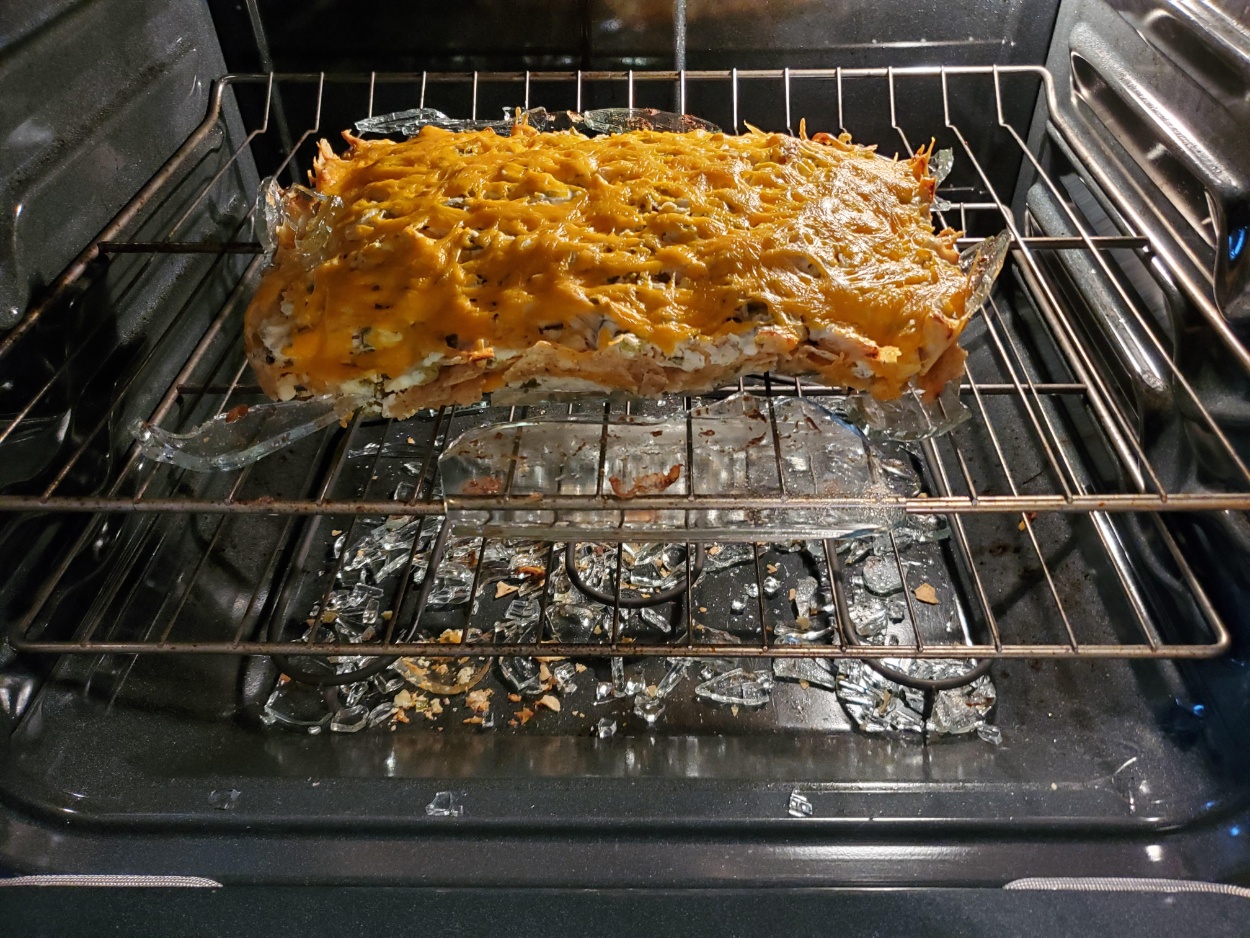
Is Glass Safe In The Oven?
Whether you’re a home cook or a business owner sourcing from a glass lunch box factory, understanding the nuances of oven-safe glass is crucial. We’ll explore the world of durable and reliable custom glass food container options, ensuring you make informed decisions.
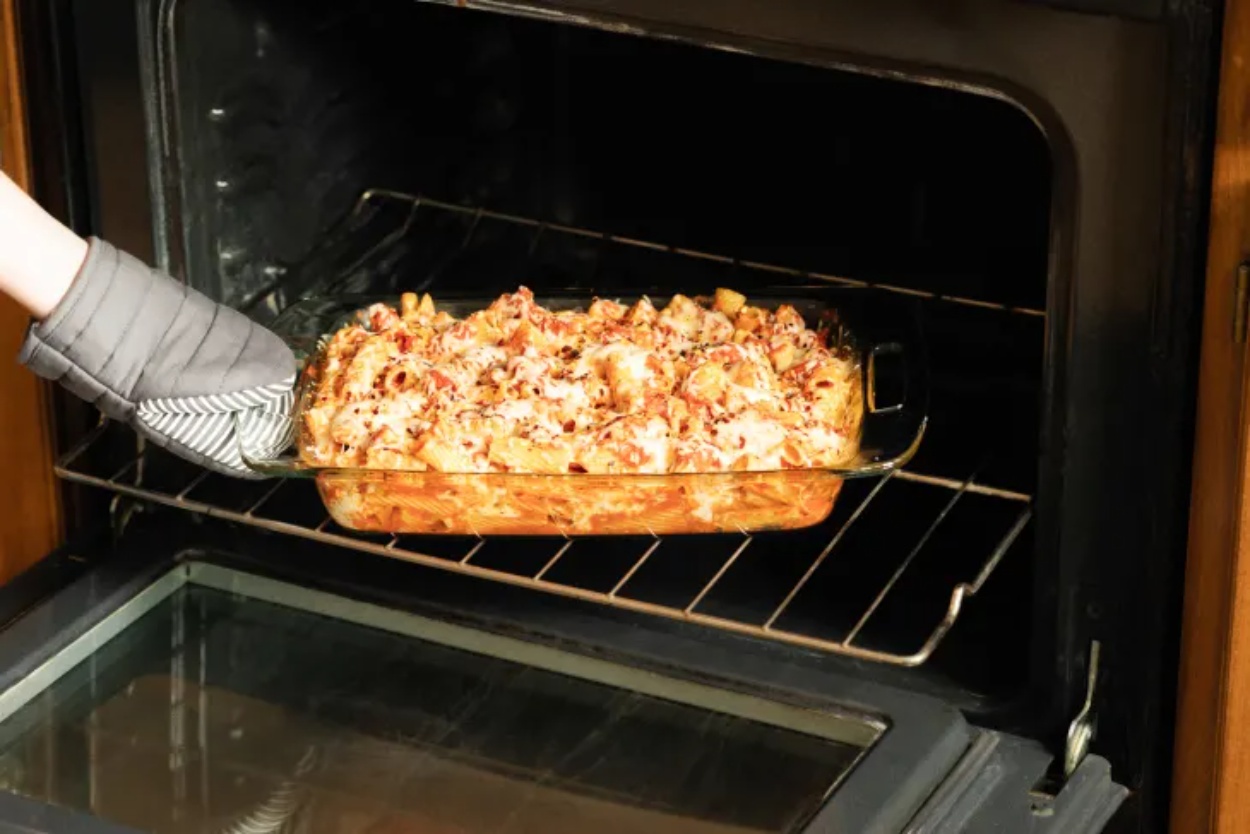
Can You Put Glass In The Oven?
We’ll explore why choosing the right type of glass, particularly from a reliable China glassware factory, is so important, especially if you’re looking for custom glass food storage containers or even a glass lunch box factory.
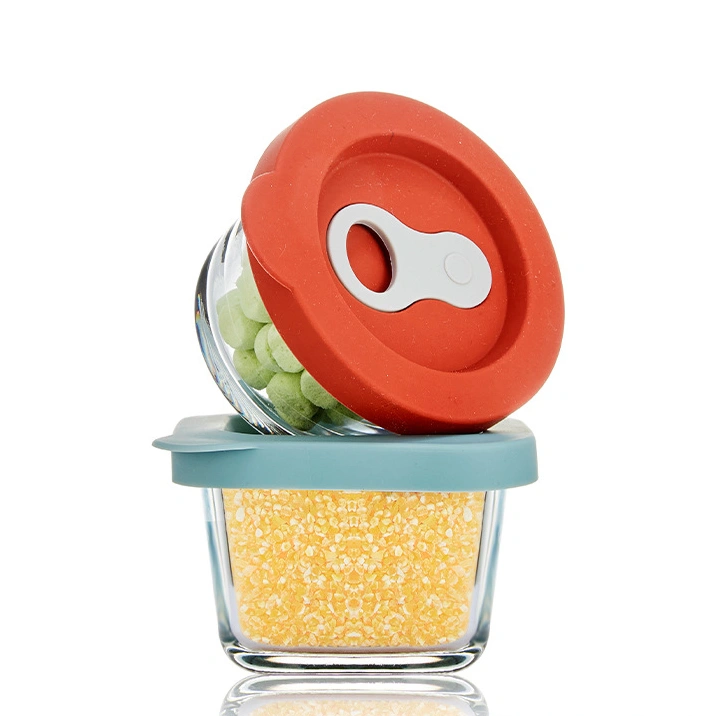
What To Do With Small Glass Containers?
From baby food meal prep, storing leftovers to organizing your craft supplies, small glass containers are super handy!

